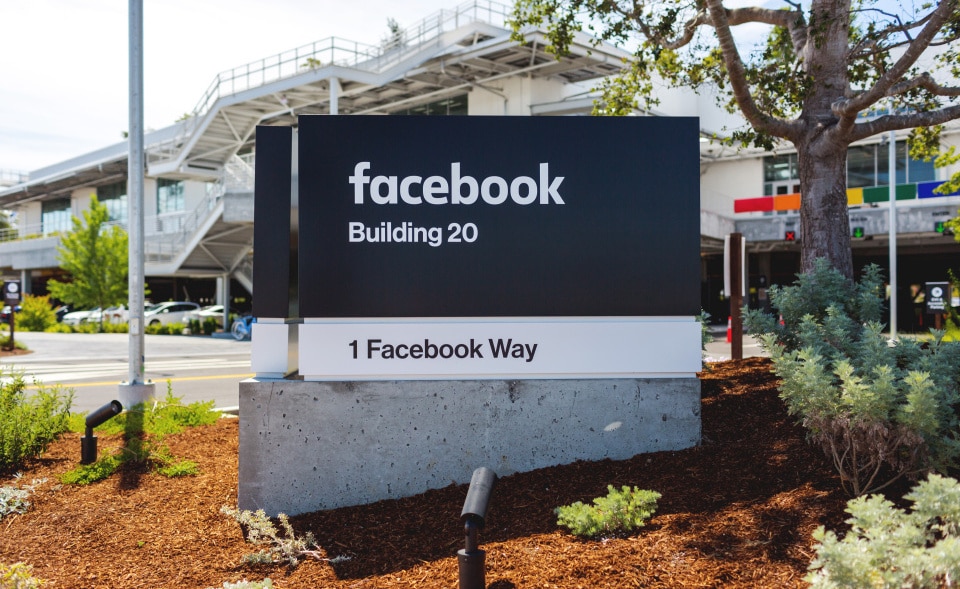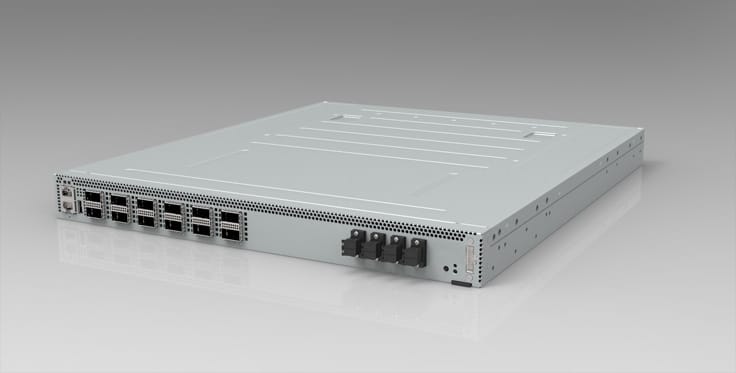
Facebook has extended its Telecom Infra Project (TIP) and developed a new transponder platform called Voyager to deliver scalable and cost-effective infrastructure solution. The new device is based on packet-optical technologies to enhance bandwidth delivery with cost efficiency and customisability.
The very first version of Voyager is designed to leverage data centre technologies that were debuted on top-of-rack switch Wedge 100. It has a switch ASIC to aggregate the 100 GbE client signals. Additionally, there are the DSP ASIC and optics module (AC400) from Acacia Communications to deliver an upgraded networking solution in the market.

Facebook’s team has used the open line system that includes Yang software data models and an open northbound software interface to enable scalability on the new hardware infrastructure. Additionally, the social networking giant has partnered with Snaproute for the software architecture of the end-to-end solution.
“An open approach allows any vendor to contribute new hardware and software to the system. In the beginning, the open line system will include Yang software data models of each component in the system, and an open northbound software interface (NETCONF and Thrift) to the control plane software,” Facebook engineers Ilya Lyubomirsky, Brian Taylor and Hans-Juergen Wolfgang Schmidtke explained in a blog post.
Facebook has given hardware management daemon-based network element software stack with Voyager. The presence of daemons enable configuration, management and monitoring of the hardware layer and provide services like higher-layer software to allow the provisioning of the hardware. Also, a multi-language SDK layer is available to enable third-party app development on the advanced infrastructure.
Well tested ahead of final deployments
Although the future of Voyager is yet to be projected, Facebook has already tested its operations in field trails with Equinix in the US and MTN in South Africa. The company is also aiming to release the code of the Voyager software enhance its platform.
The development of an optical fibre-supported transponder like Voyager will certainly upgrade the present networking field. However, the open source approach would help Facebook to quickly grab attention from not just telecom operators but several developers and data centre providers around the globe. It is also likely to take the TIP on the frontfoot.












































































